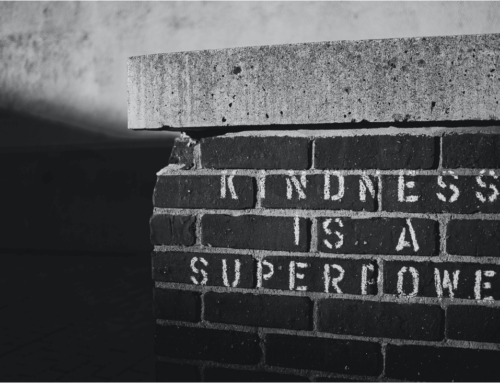We’ve talked about healthy boundaries – the behaviors and words that make us feel safe and comfortable…but what do you do and say when you feel unsafe or uncomfortable?
First, if you ever feel unsafe, that is the time for big words and big action. “No!” and “Stop!” are a must. Loud and clear and if that doesn’t work, remove yourself from the situation, tell an adult, get help! Calling 911 for help is always an option.
We are going to talk about the uncomfortable situations: When someone close to us, someone we don’t know, or care to know (it’s OK not to like everyone) says or does something we don’t like or results in us feeling uncomfortable, annoyed or disrespected. Let’s talk it.
There are ways to create healthy, clear and effective communication even when talking about the hard stuff. So, what do you do? You communicate! But how?
My favorite communication tool is an “I statement.” It is a recipe for clear, simple and direct expression, a way to tell someone what you are thinking and feeling in a kind, respectful and simple way. I refer to “I statements” as a recipe because the prompts are said the same way, every time. “I statements” can be said in a variety of ways (recipes)…do a search on the internet to find your favorite, ask an adult skilled in communication (your school counselor is the perfect resource) or get coaching on communication from a mental health counselor…it’s worth the effort to learn the style(recipe) that works for you. The particular “I statement” combination is up to you but be sure you pick one and stick to it, every time.
Here is my favorite “I statement” recipe:
1. “When you” (State the specific behavior. What happened or what were the exact words said to you? Don’t judge or make an interpretation….pretend you are camera and report on what was said or done.)
2. “I feel/felt” (State 1-2 FEELING Say what YOU FELT. Examples of feeling words are annoyed, sad, frustrated, etc. Never say “you made me feel” because we manage our own feelings.
3. “Because” (State the consequence or the behavior of the other person. What happened or happens as a result of that other person’s behavior?)
4. “I hope that or I want you to” (Tell the person what you want or hope them to stop or start doing. What is the new behavior you want the person to do?)
Here are a few examples:
Situation: Your friend often cancels plans at the last minute.
I statement: When you cancel our plans just before we are supposed to do them, I feel sad and disappointed because I like spending time together and you canceling messes with what I am going to do at that time. I hope you will let me know sooner or be sure that when you say you will meet me you will do it.
Situation: A boy in school keeps persistently asking you out and you say no and are not interested.
I statement: When you ask me out multiple times and I say no each time, I feel uncomfortable and annoyed because I have said no and “no means no.” I want you to stop asking me out.
Situation: A close friend has borrowed your favorite t-shirt and hasn’t returned it even after you have asked numerous times to get it back.
I statement: When you don’t return the t-shirt I lent you after I ask for you to return it, I feel annoyed because I lent it to you thinking you would bring it
back right after borrowing it and I keep having to ask for it. I hope that you’ll bring it back to tomorrow so I will feel good about lending you things in the
future.
“I statements” seem simple but it can be challenging to use them correctly. Practice with a friend or a trusted adult. Once you know how to communicate the hard stuff you will likely feel more empowered and understood. Manage your boundaries and communicate them with others. You got this, Girl!
***********************************************************************************************************************************************
Rachel Rubenstein, LCSW has over 20 years of experience working with adolescents, families, and couples. She is dedicated to assisting her clients in developing and strengthening interpersonal skills, creating healthier relationships, and achieving new and positive goals.
This article was originally posted on IamTeenStrong.com






